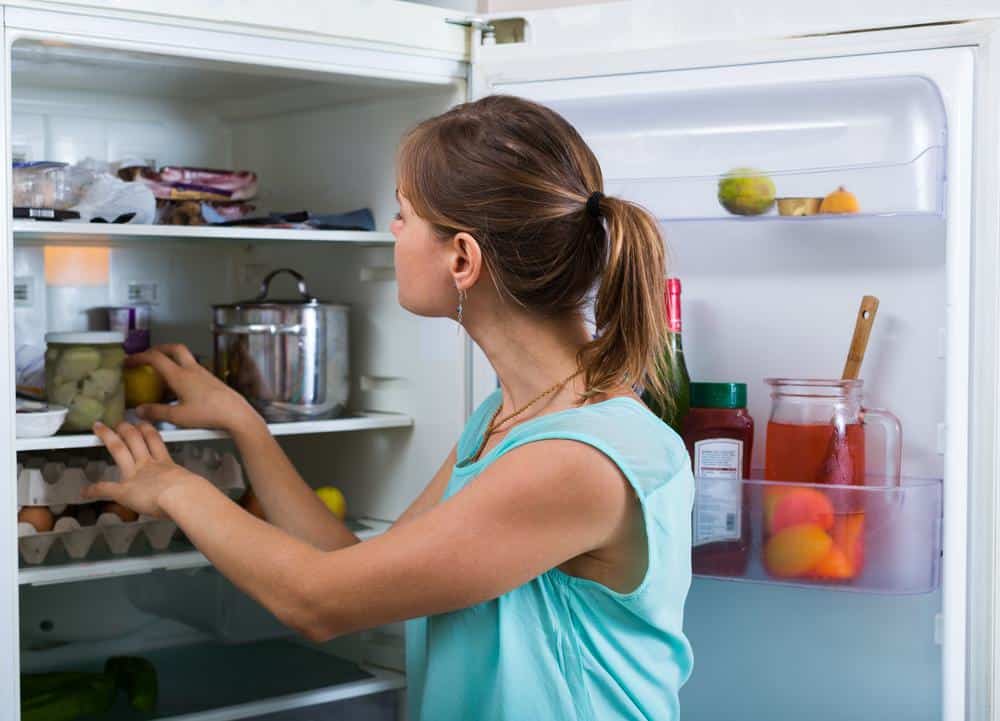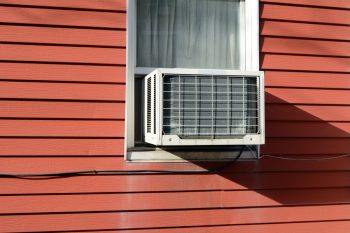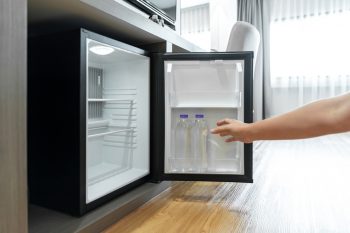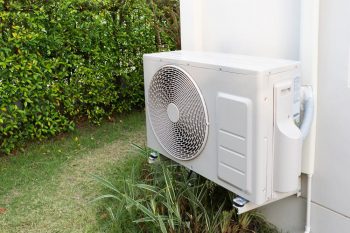
When it comes to food storage, understanding the meaning of fridge temperature is crucial. Fridge temperature refers to the level of coldness maintained inside a refrigerator to preserve food and prevent bacterial growth.
Fridge temperature refers to the level of coldness maintained inside a refrigerator to preserve food and prevent bacterial growth. The ideal range is between 35°F and 38°F (1.7°C to 3.3°C), which is close to freezing but not enough to freeze your food. This temperature slows down bacterial growth, reducing the risk of food spoilage and foodborne illnesses. Incorrect fridge temperatures can lead to health risks and energy inefficiency.
The Ideal Temperature Range for a Refrigerator
The ideal temperature range for a refrigerator is between 35°F and 38°F (1.7°C to 3.3°C). This range is close to freezing without causing your food to freeze. It’s also below the 40°F (4.4°C) threshold, at which point bacteria begin multiplying rapidly. Maintaining this temperature range ensures food safety by providing a buffer in case the temperature gauge is not entirely accurate. It also helps to slow down the growth of dangerous bacteria, reducing the risk of food spoilage and foodborne illnesses.
How Fridge Temperature Affects Food Freshness
The temperature inside a refrigerator plays a crucial role in maintaining the freshness and longevity of food. If the temperature is higher than the recommended range, it can lead to faster spoilage due to increased bacterial growth. On the other hand, temperatures below the ideal range can cause food to freeze, affecting its texture and taste.
Health Risks of Incorrect Fridge Temperatures
Incorrect fridge temperatures can lead to several potential health risks. The primary concern is the growth of harmful bacteria in food when stored in the “danger zone” between 41°F and 135°F (5°C and 57°C). This can result in foodborne illnesses, which can be particularly severe in vulnerable individuals such as children, the elderly, pregnant women, and those with weakened immune systems.
Adjusting Your Refrigerator Temperature
To adjust your refrigerator temperature, locate the temperature controls, which are usually found inside the refrigerator or on the front panel. Depending on your fridge model, you may have sliding gauges, digital displays, or keypads for adjusting the temperature. After making adjustments, wait 24 hours for the temperature to stabilize before checking it again.
Energy-Saving Benefits of Correct Fridge Temperature
Maintaining the correct fridge temperature is not only crucial for food safety but also for energy efficiency. A fridge set 10 degrees colder than necessary can use up to 25% more energy. By keeping your fridge at the optimal temperature, you can reduce its energy consumption, resulting in lower electricity bills.
In conclusion, understanding what fridge temperature means and knowing how to control it can have significant impacts on food safety, energy efficiency, and the longevity of your food. Regularly monitoring and adjusting your fridge temperature can help ensure that your food stays fresh, safe, and nutritious for as long as possible.
Frequently Asked Questions
How often should I check my fridge temperature?
It’s recommended to check your fridge temperature at least once per week. Regular checks will help ensure it’s maintained at the ideal range of 35°F to 38°F (1.7°C to 3.3°C).
How can I check my fridge’s temperature accurately?
The most accurate way to check your fridge’s temperature is by using a refrigerator thermometer. Place it in the center of the middle shelf (not on the door) and wait for 24 hours before reading the temperature.
What should I do if my fridge is too cold or too warm?
If your fridge is too cold or too warm, adjust the temperature using the controls inside your refrigerator or on the front panel. Remember to wait 24 hours after adjusting for the temperature to stabilize before rechecking.
What food items are most susceptible to bacteria growth due to incorrect fridge temperatures?
Perishable foods like meat, poultry, fish, and dairy products are most susceptible to bacterial growth if the fridge temperature is not correct. It’s vital to store these items properly and ensure your fridge temperature is within the recommended range.
Can I store all types of food at the ideal fridge temperature range?
Yes, the ideal fridge temperature range of 35°F to 38°F (1.7°C to 3.3°C) should be suitable for most types of food. However, some specific items like tropical fruits and certain vegetables may prefer slightly warmer temperatures. Always check the storage recommendations for specific food items.












